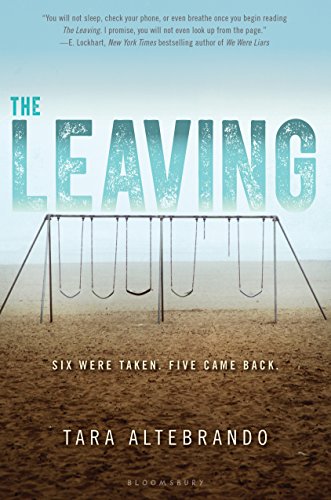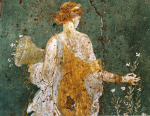Download links for: De Beat Generation: een geïllustreerde geschiedenis


Reviews (see all)
Write review
A great into to the Beat Generation and Beat poets. And anything by Pekar is worth reading.
made me see a lot of the people as awful human beings. but i still like them as authors.
Found about "The Fugs" and Tuli Kupferberg because of this book so it can't be all bad.
As always, Pekar and his associates take the "Comic Strip" to another level
Other books by History & Biography
Other books by Harvey Pekar
Related articles












